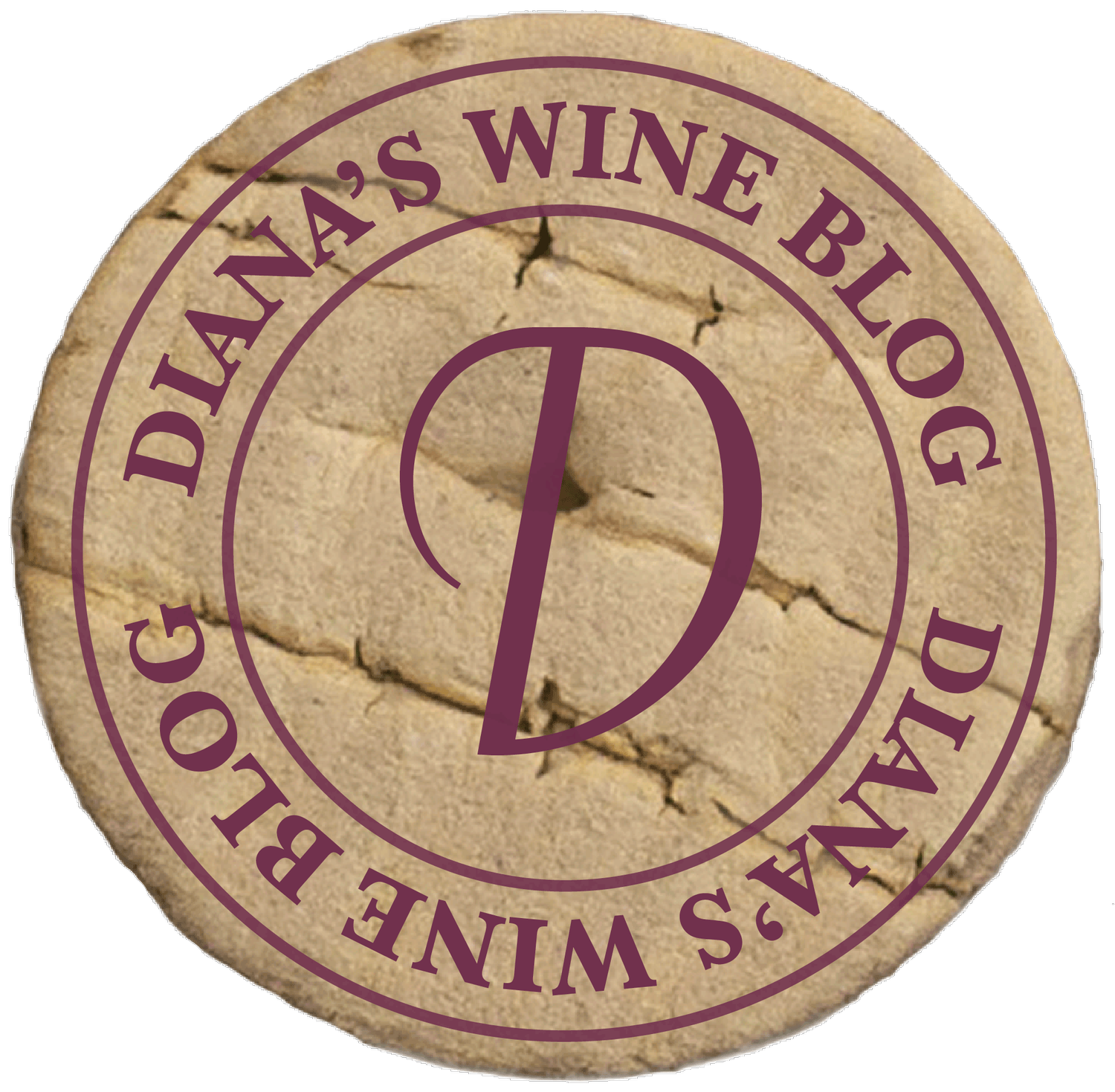How Long Should I Keep My Wine — or “Oops…”
Just yesterday, a friend emailed a photo of a bottle of 2002 Zinfandel from Peju. He was clearly excited to open the bottle on a Saturday night to enjoy with his wife. He asked if I had any thoughts about the wine, and (of course) I did. Simply from the varietal, the year, and the winery, I knew it would be past its prime. I let my friend know; and his response was, understandably, “oops.” This experience gave me the idea for this week’s blog.
Now, the fact that this Zinfandel was past its prime means nothing derogatory about Peju — it is a fine winery (although they are not known for their Zinfandel). But it does say something about the varietal. Zinfandel is not the most ageable wine. It is generally meant to be drunk young, in the 3-5 year time frame. This particular bottle should have been drunk for maximum pleasure from 2003-2006. It’s understandable that my friend would have thought, “Wow, this is a well-aged red wine that we’ll be enjoying.” But older isn’t always better.
General Rules and Resources for the Specifics
Generally, Zinfandels should be drunk soon after release; but there are some Zinfandel producers whose wines will age nicely. Here the example would be Turley. Some of Turley’s 2011 Zinfandels will age until 2025 and be very drinkable; whereas other wines, like the Peju above, should be drunk soon after release.
The general rule for white wines (such as domestic Sauvignon Blancs and Chardonnays) is that they should be drunk within 5 years. But, even here, that is not always true. Some wineries may make a rich, age worthy white wine that can evolve nicely over 10 years.
A big cabernet will probably be too tight and tannic to produce much pleasure in the first few years of release. These wines should be laid down for a couple of years to truly enjoy.
So, it sounds like a big problem, right? Not really. The general rules should guide you. Whites, like Sauvignon Blanc and Chardonnay, should be drunk in a shorter time frame than big reds like Cabernet, Syrah, and Petit Syrah.
How does one know specifically? To tell you the truth, the exact span of time that is best for a wine to age is really an approximation. The wine maker really has the best idea for when a wine should be drunk, because he or she has the experience with the grapes, the vineyard, the processes, and the history of the wine in the bottle. Each vintage and each wine that a winery produces carries a recommendation on when to drink it. I personally use the recommendations from Wine Advocate, Wine Spectator, and other trusted wine specialists.
Experimenting with Time
One of the pleasures in the exploration of wine is to buy three bottles of a wine you like and see it evolve over time. You will find different characteristics as the wine ages. In a red, the tannins will soften, and the fruit will come forward more. Then, with more time, you will find more secondary characteristics such as forest floor or cedar box. Those may be fun to explore. That is the journey to take and enjoy.
Final Tips for Storing Your Wine
Four things to remember when you age your wine – keep it in a cool place, store it away from direct sunlight, lay the bottle on its side, and keep it at an even temperature. Your wine will appreciate this environment and will reward you with great flavors.
Enjoy!
